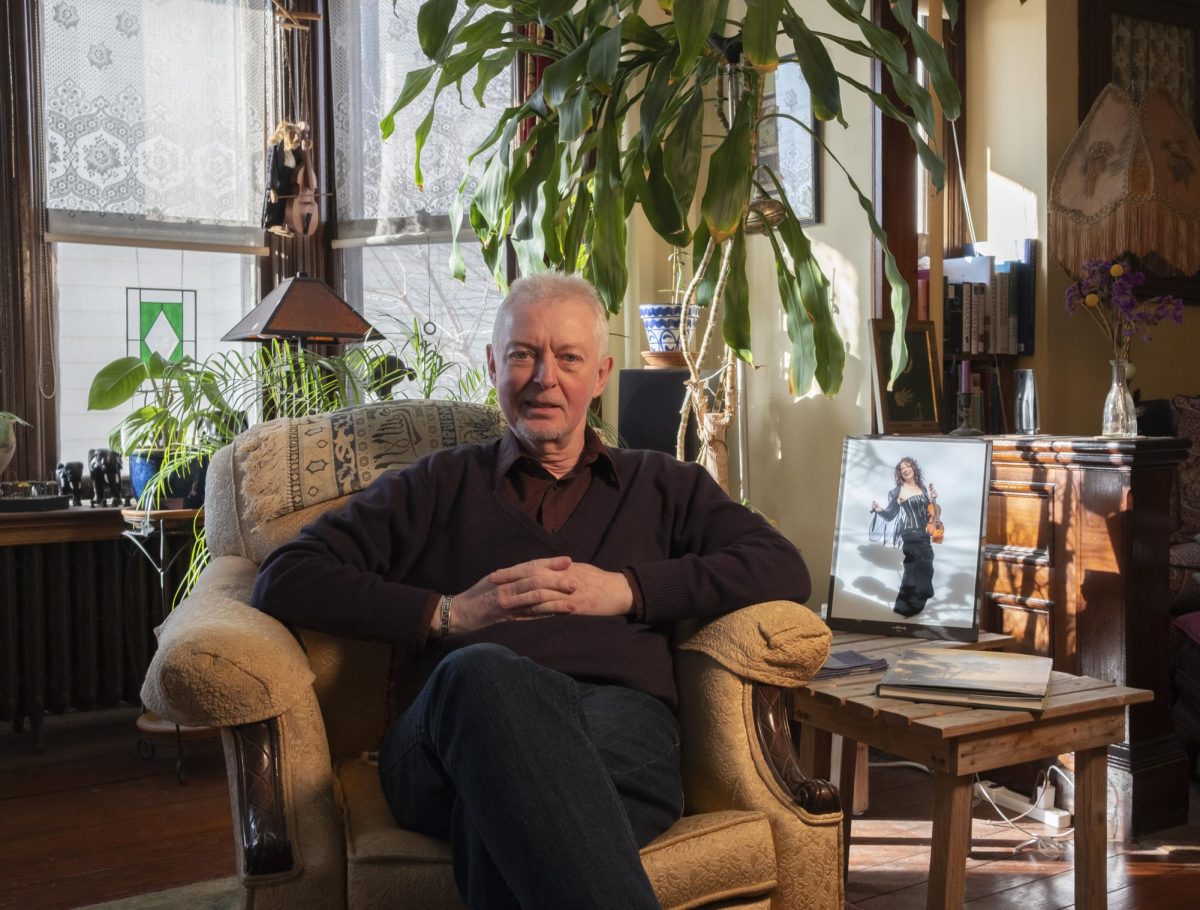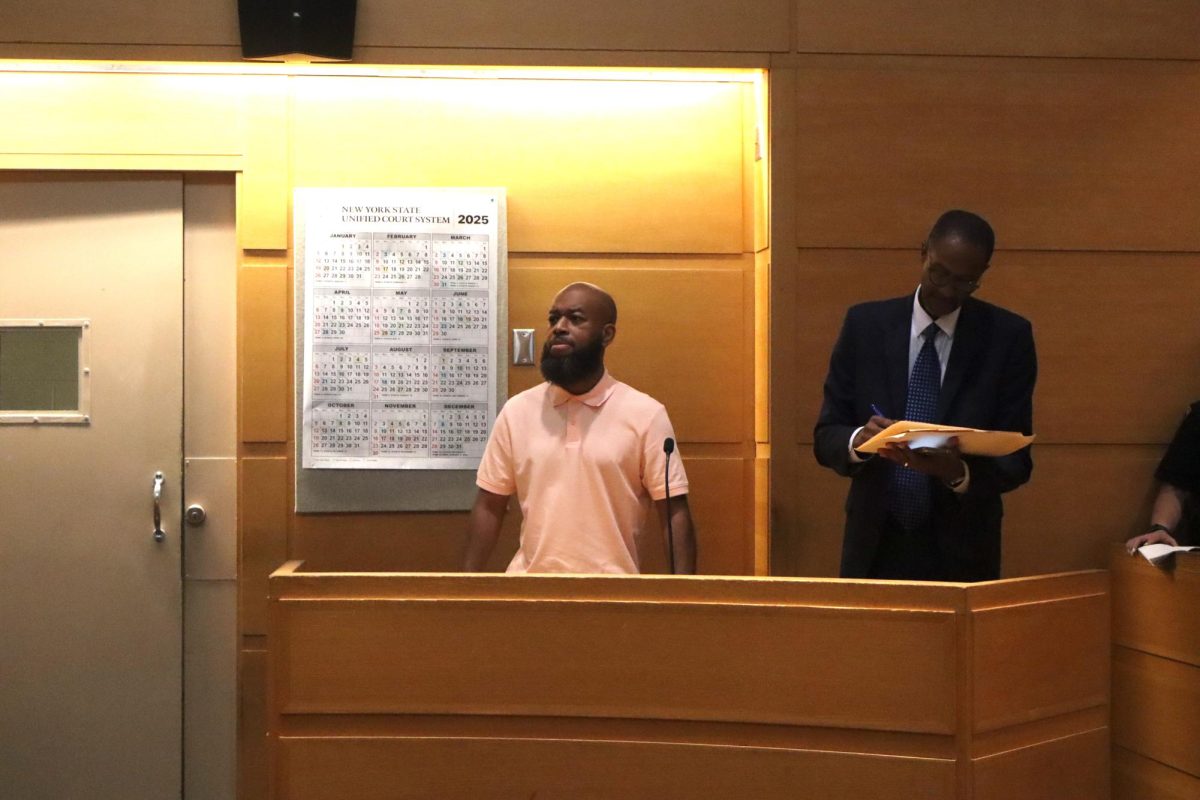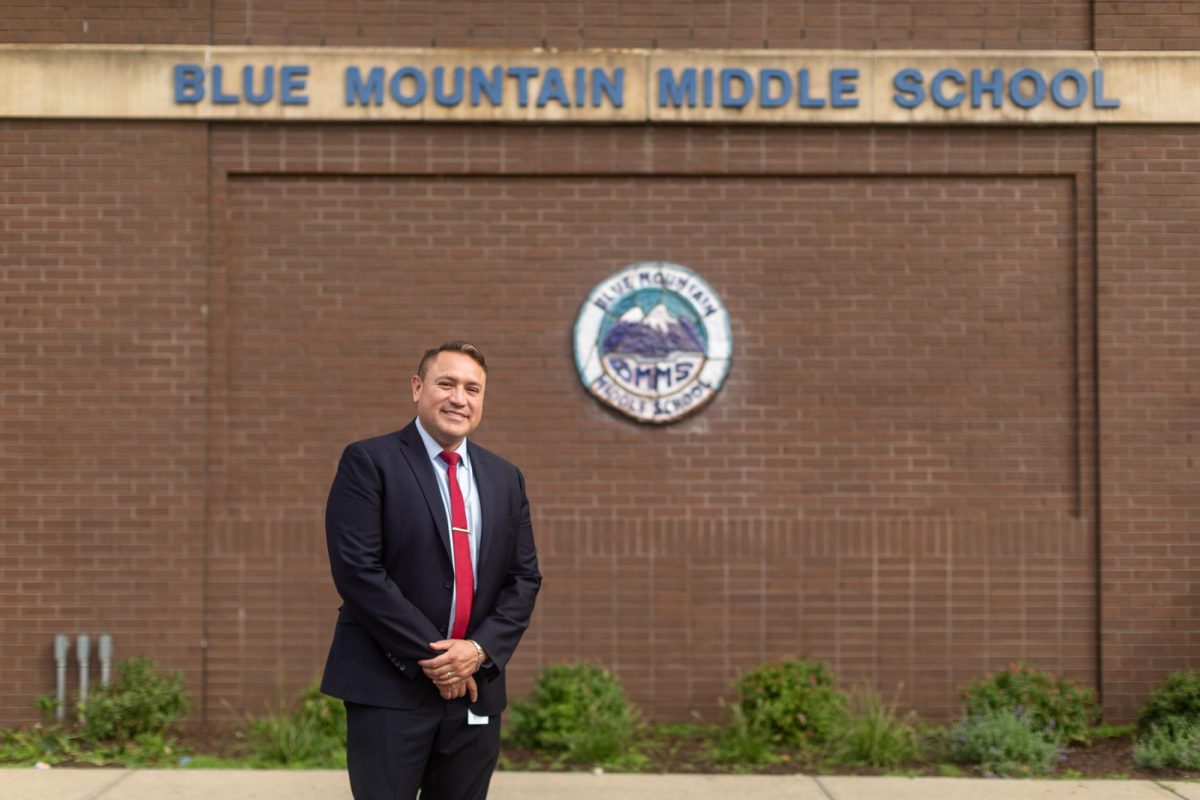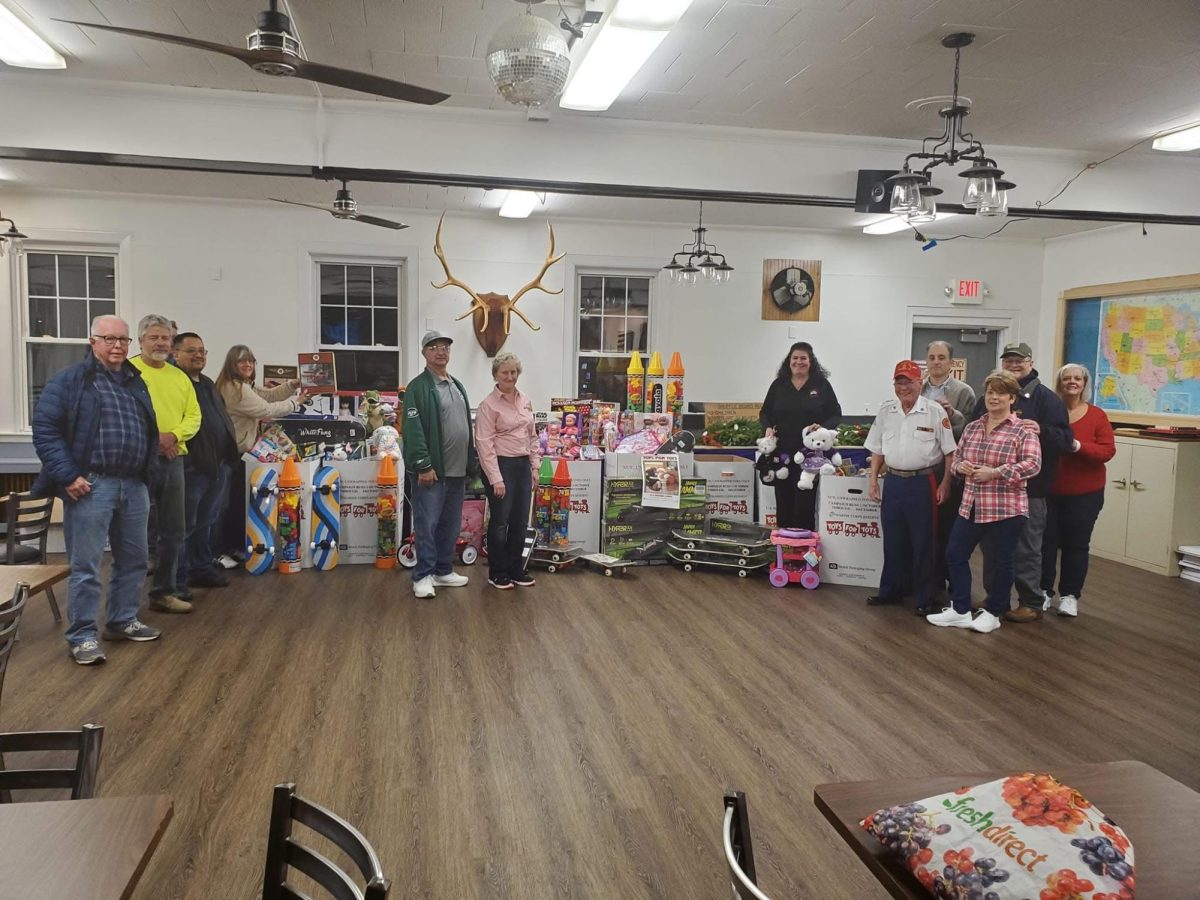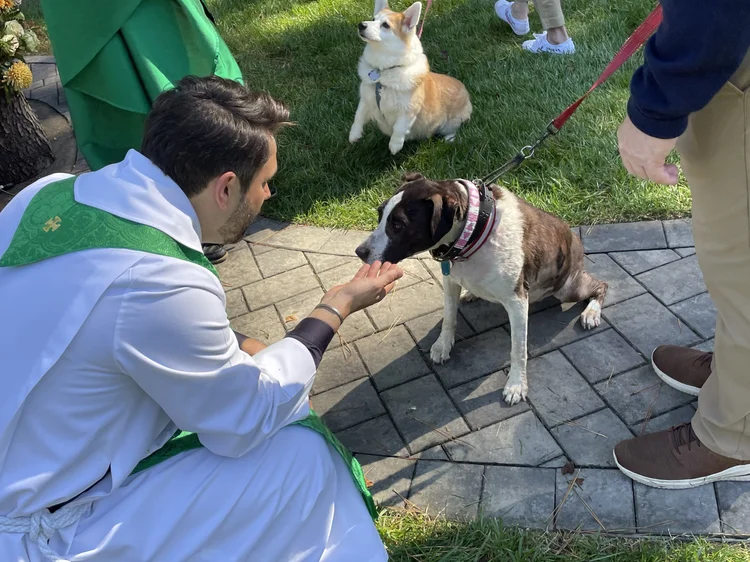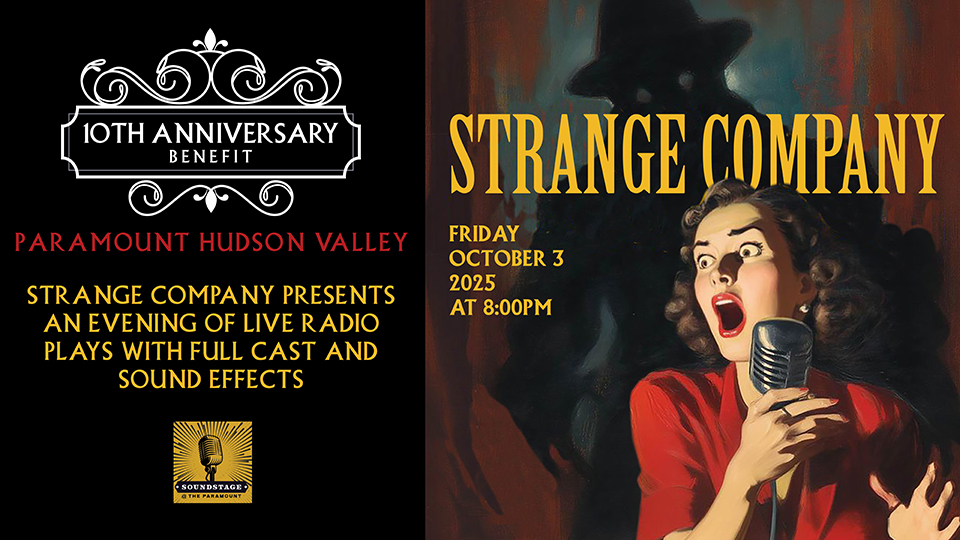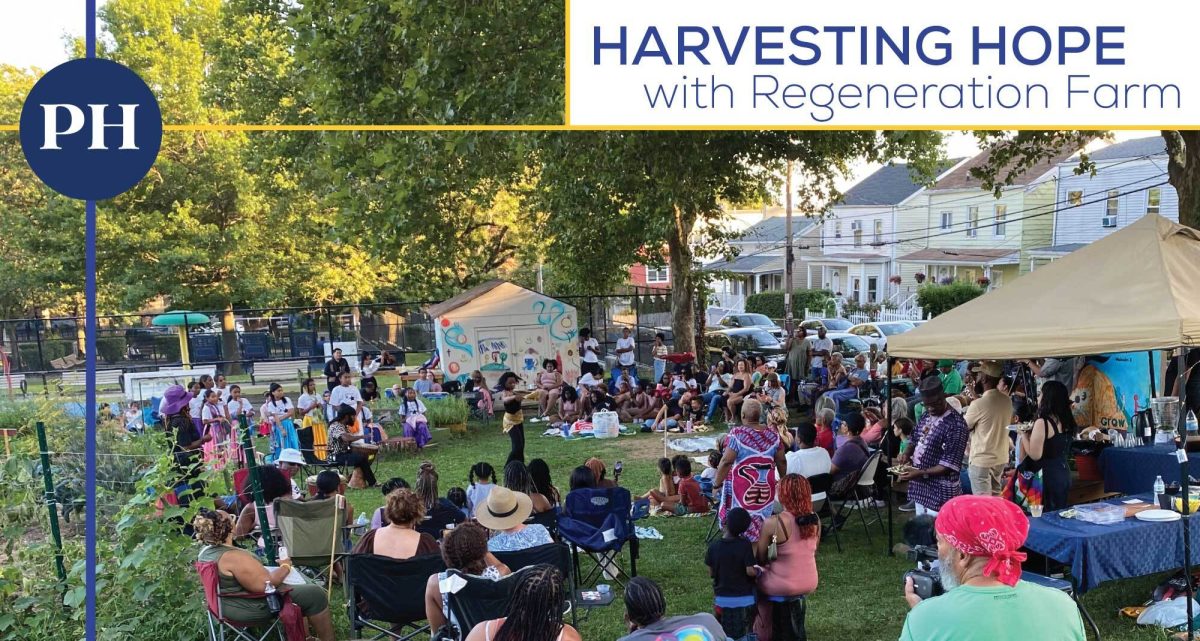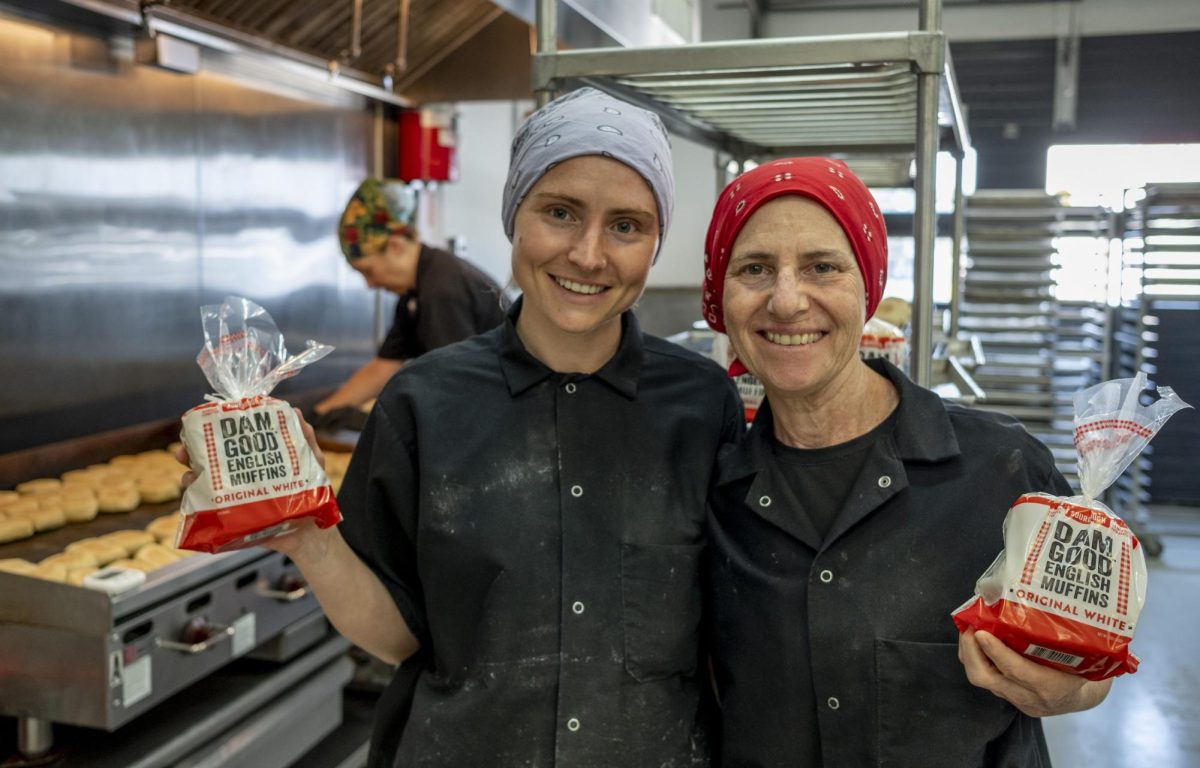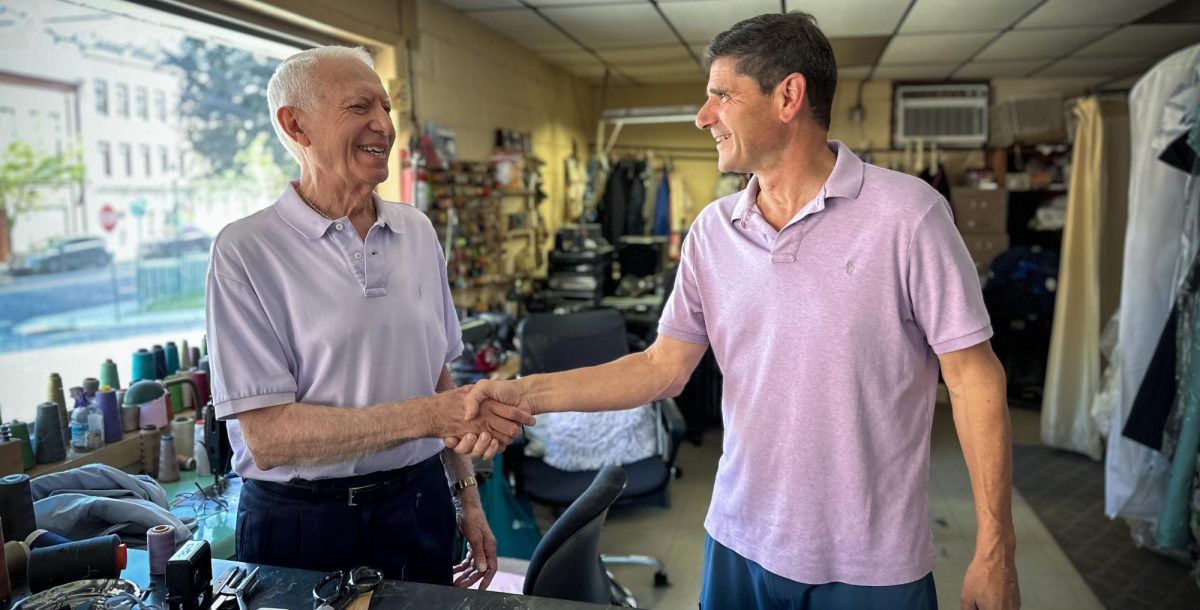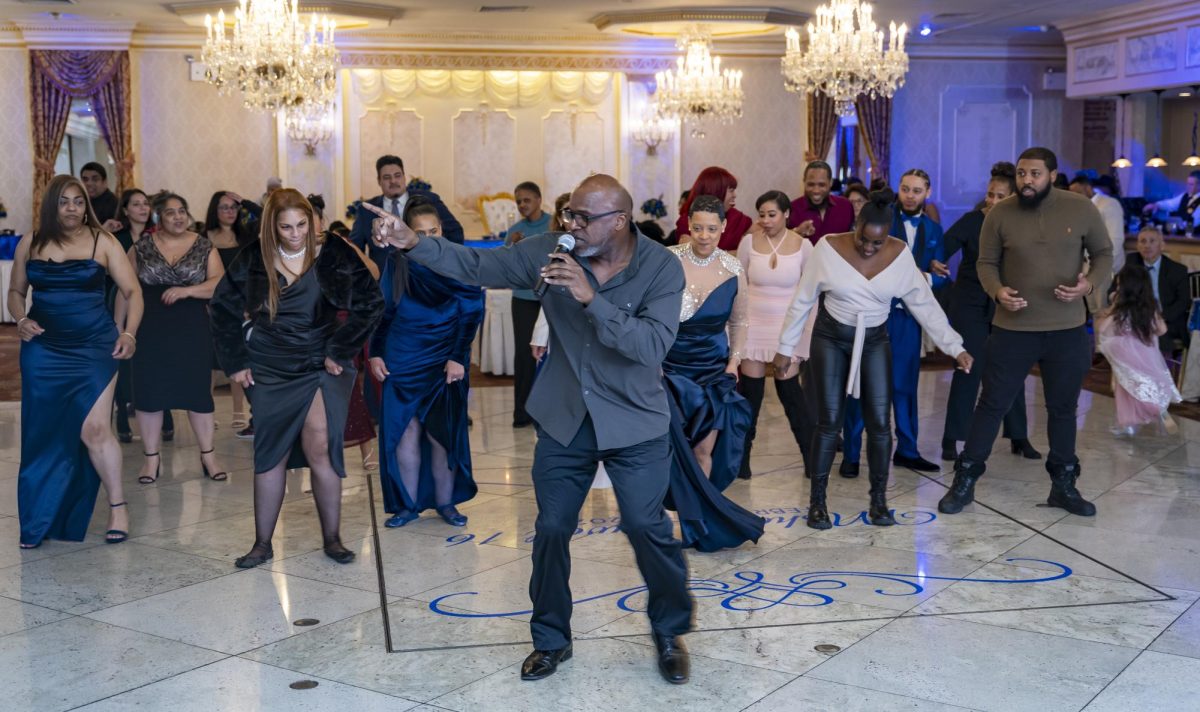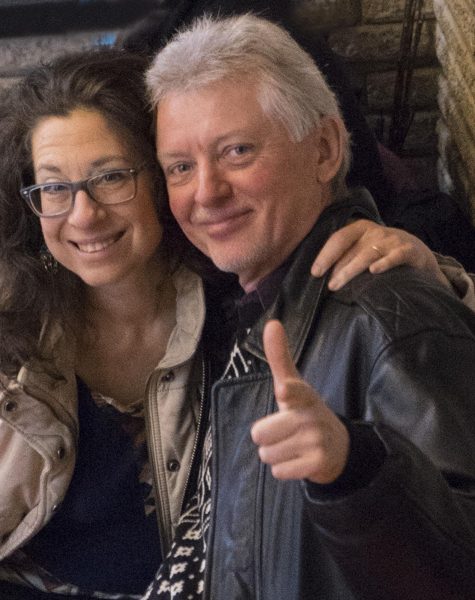
If you walk down Elm Street on a warm day when windows are open, you might just hear sublime Bach or Beethoven violin notes wafting in your direction. Don’t assume it’s a recording.
If you go to the Metropolitan Museum of Art, however, you can hear recordings by that very same violinist, who was tapped by the museum to play samples of music on some of the rarest and most treasured instruments ever made, including two in their collection from famous maker Stradivarius.
It’s an honor Jorg-Michael Schwarz appreciates. “There is something I want to call spiritual in it, ” he says. “I feel the sensuality, the vibrations, the spirit of every person that has touched that old instrument over its lifespan of 300 plus years.”
Schwarz is recognized as among the best Baroque violinists in the world. He lives in a beautiful old Peekskill Victorian he and his late wife and musical partner Karen Marie Marmer bought in 1997. Nearly every afternoon, Schwarz practices. He also reflects, and tries to honor the work and legacy he and Marmer created together.
Surrounded by memories and mementos, for the last four years Schwarz and the remaining members of Rebel, the ensemble Marmer and he started, have offered a memorial concert in New York City,
as well as other venues. This year’s tribute, a violin and harpsichord duo, is timed to celebrate Marmer’s late January birthday. It will be held at St. Malachy’s Church in Manhattan on February 6, and also live-streamed.
Celebrating his wife, who passed away in July of 2020, is a way of celebrating their bond in music and beyond. “Of course, when you play with somebody for 30 years, as I did with Karen, you become hand in glove. You become one,” he says.
Born in south Germany, Schwarz grew up in a musical family. Learning how to whistle from his oldest brother, he became so adept he could call birds by imitating their songs. (He cannot, however, translate their conversations, he jokes.)
One of Schwarz’s earliest memories is pressing his ear to the door of a small windowless room in which his church organist father gave piano lessons. Only four years old, he was deemed too small to play the instrument, but he persisted – and by the time he reached his fifth birthday, he was seated in front of the keys.
Despite his initial ardor, the piano didn’t take. Instead, a few years later Schwarz became fascinated with the cello his older brother was playing. Once again, Schwarz was too small for that instrument, but he was able to play strings, in the form of a ¾- size violin.
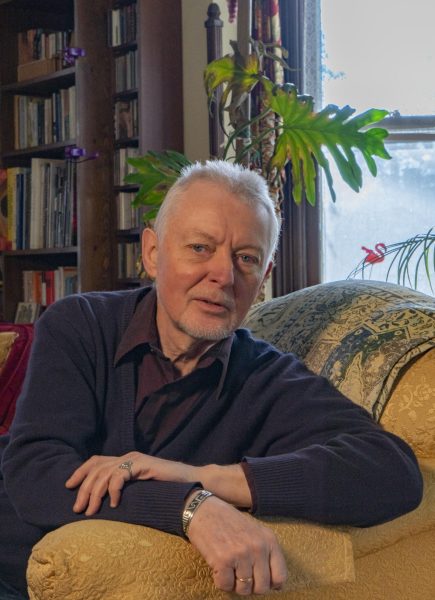
Soon, Schwarz was galloping along in his musical development. He turned his focus nearly entirely to the violins, which increased in size as he did, soon arriving at a full-size instrument. By the time he was 15, he had quit high school, and began studying with a series of teachers and inspirations that would shape his life and career.
Crossing borders to learn from recognized violin masters such as Max Rostal, Schwarz got a conservatory degree, and in his early 20s he landed at The Juilliard School in New York. While there, he played the “modern” violin, but eventually became entranced with early music, specifically Baroque, typified by Johann Sebastian Bach and composed during the 17th and 18th centuries.
But even before fully discovering his musical direction, in the late 1980s Schwarz discovered the love of his life, Karen Marmer.
Marmer, who had studied at Queens College and then later at Yale, was being recognized for her violin virtuosity. In 1986, she gave Schwarz a ride to a chamber orchestra performance where she and he were both “first violins,” seated next to each other and playing the same part. Three months later, in early 1987, they were back at the same gig, but this time each was now single, “dumped,” as Schwarz says, by their respective partners. Soon musical affinity was coupled with romance, and their lives intertwined.
Schwarz had already been introduced by Juilliard professor Albert Fuller to what was not yet a full-fledged revival of Baroque music. (Only within the last 12 years has the school created such a specific track.) Linked for some instruction by Fuller to Jaap Schroder, a star of the genre, Schwarz dove in wholeheartedly.
Before long, Schwarz and Marmer, now living together, embarked for Amsterdam so that Marmer, who had become determined to play Baroque music, could study with Lucy van Dael, a famous Early Music violinist. While still in the Netherlands, Marmer and Schwarz started the first iteration of their ensemble, Rebel, and burnished their reputation by winning the prestigious International Competition for Ensembles in Early Music, held in Utrecht. After spending more than a year performing widely in Europe, the pair returned to the United States.
Marmer and Schwarz began house-hunting while living in Queens. Finally, they found their ideal home, complete with an attic that could be used as a rehearsal and concert space.
When the two settled in Peekskill, they helped develop the Westchester Early Music scene. From 2000 until 2020, they ran Bedford’s Musica Antiqua Nova concert series.
They were also artists in residence at Trinity Church Wall Street for more than a decade, and recorded the complete Haydn masses for Naxos, also available on Amazon. (Rebel’s website offers a full complement of their varied recordings as well.)
Schwarz revelled in the complementary, not competitive, connection he had with Marmer. He looks back and marvels at their ability to come at work from different perspectives, and perhaps, because of that, reach their best achievements.
Besides praising her excellence as a violinist, Schwarz also credits Marmer as having been a Renaissance woman, not just because of what she played, but how she played with so many art forms, including theatrical improvisation, film, miming, clowning, healing work, and more. “In terms of being interested in all different aspects of the arts, she was fabulous, and in whatever she did, she really went for it and wanted to do the very best she could. I really admired her.” Beyond all of her artistic explorations, Marmer managed the brass-tacks business of Rebel as well.
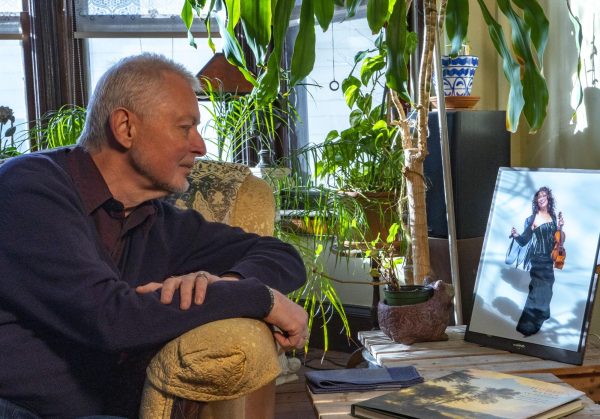
Marmer’s passing was a shock to her many friends and admirers and their close-knit ensemble. For Schwarz, the loss is incalculable. “When you work with somebody whom you’re so close with… the two violins almost being like one ‘big’ violin, it’s very difficult then to work with other people, where you have to just admit right from the beginning that it cannot be as perfect or as tight as it was with her,” he says.
But despite being bereft, Schwarz still plays with the remaining members of Rebel and other distinguished musicians. He also coaches professionals who might want to plumb the Baroque repertoire, and consider investing in an early violin. In fact, he has had several rebuilt, and they rest in the hands of people who are thrilled to have them.
Although he chooses to teach only very advanced and mainly adult professionals, Schwarz believes in the importance of musical education for children. He notes that music has a special attribute in how it affects people. “It can put you in all different kinds of moods. It can tell stories, and everybody’s story might be slightly different,” he says, “without having to put it in words.” And, he continues, “It is not only about learning the instrument, it is about focusing on something, sticking with something, seeing the result and feeling good about it, which, if you stick to it, will be the case.” Finally, he points to the camaraderie. “You don’t do it just by yourself.”
As for his future plans, he will continue to honor Marmer. He will also keep on communing with birds, friends, neighbors, colleagues, audiences — and violins.


